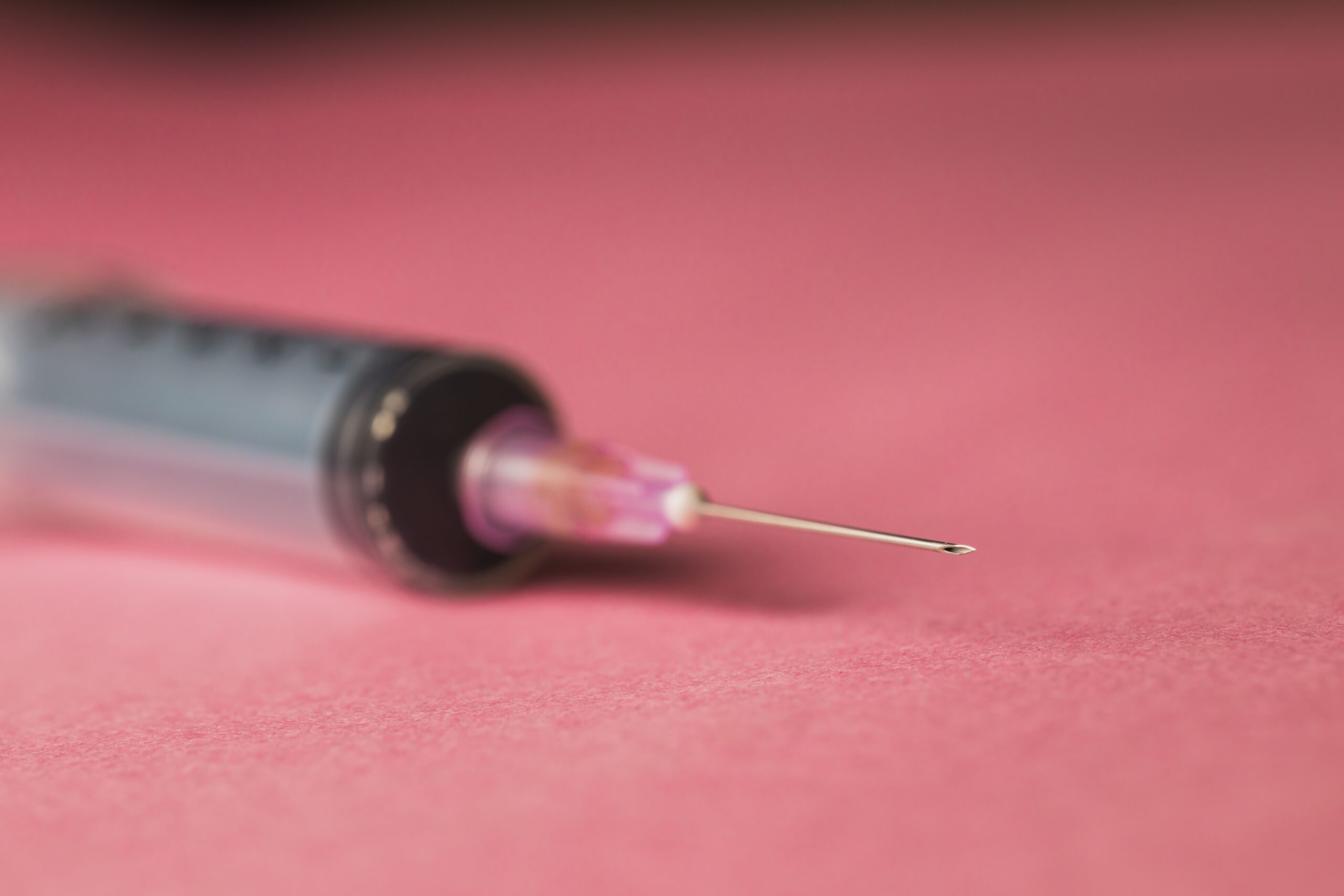Intravenous drug use presents numerous health risks, one of which is the collapse of veins. This condition, often overlooked, can have significant implications for those who inject drugs. Understanding why veins collapse, how to recognize the signs, and ways to prevent it is crucial for harm reduction in intravenous drug use.
What Causes Vein Collapse?
Vein collapse, medically known as venous sclerosis, is a condition where veins become damaged to the point that they no longer function properly. Several factors contribute to this issue in the context of IV drug use:- Repeated Needle Insertions: Regular injections in the same vein can cause the inner lining of the vein to become irritated and inflamed, leading to scarring and eventual collapse.
- Use of Blunt Needles: Using needles that are not sharp enough can cause more trauma to the vein, exacerbating the risk of collapse.
- Substances in Drugs: Impurities and additives in street drugs can irritate veins. Some drugs are more caustic than others and can damage the vein’s lining more quickly.
- Infections: Repeated injections, especially with non-sterile techniques, increase the risk of infections, which can damage veins.
- Lack of Vein Care: Not allowing veins to recover after injections, or poor injection practices, can speed up the process of vein collapse.
Recognizing the Signs of Vein Collapse
Identifying vein collapse early is vital. Look out for signs like difficulty in injecting, a vein that feels cord-like or hard, and the absence of a ‘flashback’ of blood in the syringe upon insertion. Swelling, tenderness, and discoloration around the injection site are also indicators.Preventing Vein Collapse
Prevention is key in reducing the risk of vein collapse:- Rotate Injection Sites: Avoid using the same vein repeatedly. Rotating sites gives veins time to heal.
- Use Sterile, Sharp Needles: Always use new, sterile needles for each injection. Blunt needles cause more damage to the veins.
- Proper Injection Technique: Learning and practicing proper injection techniques can reduce vein damage.
- Hydrate and Maintain Overall Health: Good hydration helps keep veins healthy, and overall health maintenance can aid in recovery and resilience.
- Seek Alternatives to Injection: Consider other forms of drug use that are less harmful to veins, or engage in harm reduction services.
- Access Clean Supplies and Safe Spaces: Utilize needle exchange programs and safe injection sites if available.
